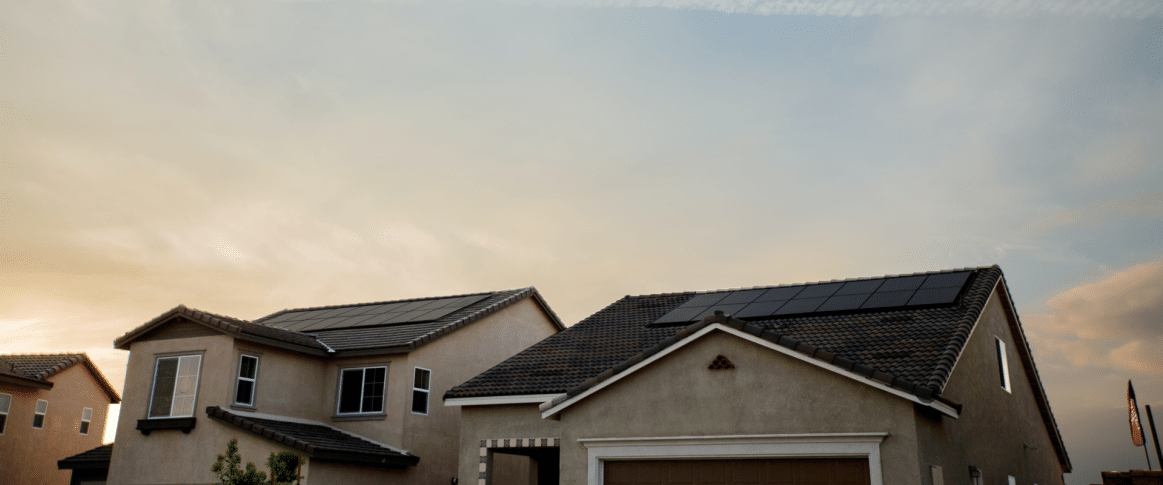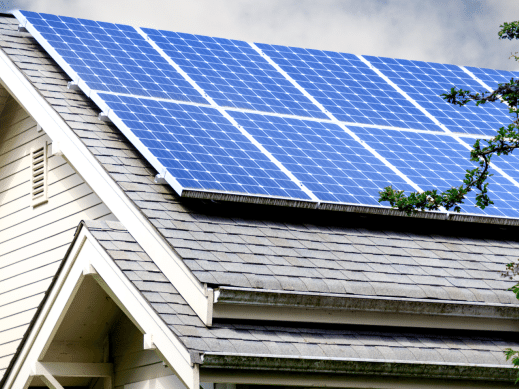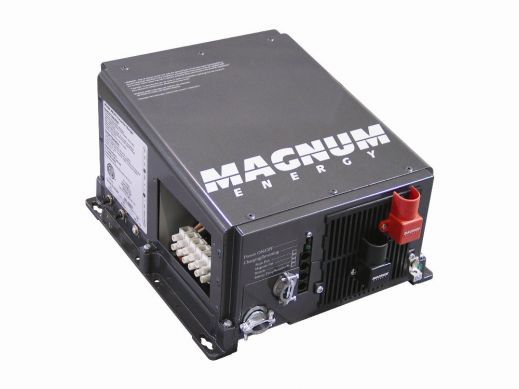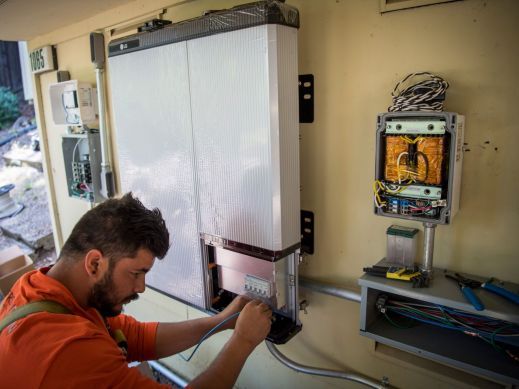
Choosing the right inverter for your project can be overwhelming as varying technologies, grid specifications, and certain load considerations open up a vast array of unique options. Luckily, our team at Greentech Renewables is here to review several features and capabilities of the inverter(s) to help guide your selection. We will discuss some of these here.
The first crucial consideration is the size of the load. This is divided into two categories. The first is Continuous Load. Your continuous load is the total wattage drawn at any given time.
Example: You come home from work. You turn on your AC (4,000 watts) + you plug in your EV (7,000 watts) + you turn on half of your lights (50 watts) + you jump in the shower (well pump 1,500 watts) = Continuous Watts of 12,550 Watts.
The second key consideration is your Surge Wattage. Surge Wattage is the short time demand to satisfy “In-Rush” current demands of motors and pumps. “In-Rush” currents can be as much as 10 times the running current of a motor.
So in our example, with the AC running (4,000 watts), Lights on (50 watts), and EV Charger running (7,000 watts) + a 2 horsepower pump running the shower (15,000 watts) you would have a surge demand of 26,050 watts. You must make sure your inverter(s) are capable of this or you will not be able to start the well pump.
For when your Continuous Load and/or Surge Load exceeds the capacity of the inverter, some inverters are stackable. Inverters that have stacking capability allow one to be programmed as the Primary, or Leader, and the remaining inverters to be programmed as secondary, or followers. During a grid outage or when running as stand-alone (Off-Grid), the Primary inverter will set the sine wave and all inverters will then sync with this sine wave. The Primary inverter will also determine the load and will turn on and off additional inverters as load increases or decreases.
Another factor to consider is whether your inverter system is AC Coupled or DC Coupled. Both have advantages and disadvantages. AC Coupled systems are a solution for converting an existing Grid-Tied system to a Hybrid battery back-up, or to make it a stand-alone system. The array does not need to be altered for this conversion to happen and the array size will determine the number of battery-based inverters required to convert. In DC Coupled systems, the DC power produced by the array is used to charge the batteries without a DC-AC inversion. Check out our past article on DC and AC coupling to learn more about the differences between the two system types, and determine which is the right fit for your next project.
A true stand-alone inverter does not require a Grid connection or Internet connection to operate. It will be able to charge batteries from a solar array when the system is producing power regardless of a grid presence. It will also allow charging the batteries from a generator.
Another feature that should be considered is monitoring and programming capability. Many systems can be monitored via an internet connection. Few allow full programming ability remotely. Here we have linked to past articles on why PV monitoring matters and what solar monitoring options are available.
Understanding all of these key factors behind inverter operations will help determine your specific product needs and make selecting the best inverter for your application much easier. Our Greentech Renewables representatives are always available to help answer your questions and provide expertise on equipment selection, sizing, design, or finance. Get in touch with your local Greentech Renewables location today!



